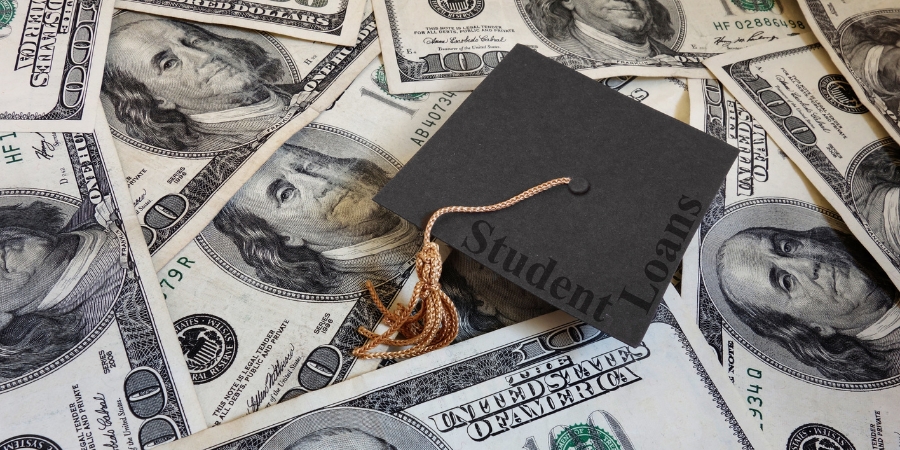
Photo: Canva
October’s resumption of student loan payments suspended during COVID could weigh on holiday results as affected consumers find an average of $300 added to their monthly expenses, according to a study by Earnest. This cohort accounted for more than 10% of spending at multiple national brands in 2022, which puts them at risk of losing sales if these consumers cut back during peak season.
Earnest noted that the pause in student loans provided borrowers with additional spending power. Now that payments are coming due and the Supreme Court struck down President Biden’s student loan forgiveness program, this shopper base will soon find themselves facing additional pressures on top of the lingering effect of inflation that is already slowing down spending, according to Reuters.
Peloton, which is aiming to “relaunch” its brand in the coming months, will be one of the most heavily exposed retailers, according to Earnest. The company saw a 13% share of spending from consumers with suspended payments in 2022. However, Peloton isn’t alone, as “dozens of national brands” will see a significant share of their audience resume loan payments in the fall, according to Earnest.
Apparel and department store retailers in particular are likely to be affected. Old Navy had a particularly high share of spend from the COVID-suspended cohort at 14%, the highest among apparel retailers included in the study, while Nordstrom had the lowest share at 8%. Other brands expected to feel the impact include IKEA, Ashley, HomeGoods, Wayfair, and Lowe’s.
Cash-strapped consumers with student loans could contribute to what some retail executives are already expecting to be a discount-heavy holiday season, according to a CNBC poll. Two-thirds of respondents expect shoppers to be on the lookout for sales, while just 13% expect consumers to remain strong despite the economy.
Additionally, the reduced spending power lends further credence to Salesforce’s prediction that 17% of gifts this holiday season will be resold items. While this trend is primarily based on the growing acceptability of second-hand items as gifts and the importance of sustainability — Salesforce expects 32 billion pounds of waste to be saved from landfills — resale may also enable shoppers to buy something a bit nicer than what they could otherwise afford.


Leave a Reply
You must be logged in to post a comment.